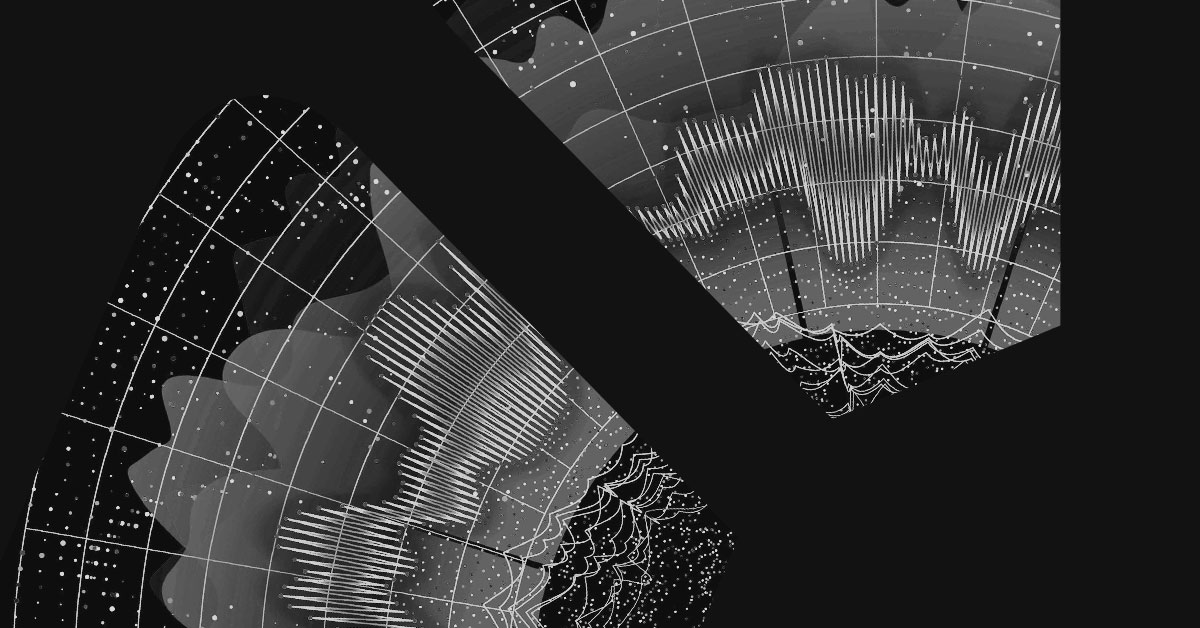Advisory report Regarding Third-Party Access
It is necessary for companies to give access to their infrastructure to third parties, in order to facilitate their everyday activities. Remote access introduces a whole new share of security risks and loopholes in your infrastructure that require new and advanced forms of security to deal with. Using a VPN may sound like a really good defensive security approach, but do you really think using a VPN alone can be the ultimate solution for tackling all the security risks?
The truth is remote access security is a much more detailed process and requires various security strategies and state-of-the-art technologies in place.
Description
Initially, third-party access refers to the permission granted to external entities or individuals to access and interact with the organization’s infrastructure (systems, data, resources). These external entities could include vendors, suppliers, partners, contractors, consultants, etc. that need access to a company’s infrastructure or information to offer the agreed services.
However, there is always the risk of unknown third parties taking advantage of the remote access techniques used by the companies. It is the most dangerous scenario as it refers to situations where external entities or individuals gain access to a company’s infrastructure without the organization’s authorization or even knowledge. That way they may be able to exploit vulnerabilities, steal, modify or gain access to information, install malware, etc.

Unknown Third-Party Access can Occur through Various Means:
- Weak Authentication: Unknown third parties could gain access if third-party access controls, such as passwords or authentication protocols, are weak or compromised.
- Unauthorized Entry Points: Third parties may exploit vulnerabilities in the company’s infrastructure and use
them as points of access without the organization’s knowledge. - Insufficient Monitoring: Unknown third parties may gain access without the company’s knowledge if there is not
sufficient and correct monitoring of network activities and user access. - Malicious Insiders: Employees or contractors with access to company systems may take advantage of their
privileges, allowing third parties to gain access either directly or indirectly.
Download the report and read more about the risk that can result from Third-Party Access as well as the defensive measures an organization should consider to avoid incidents


